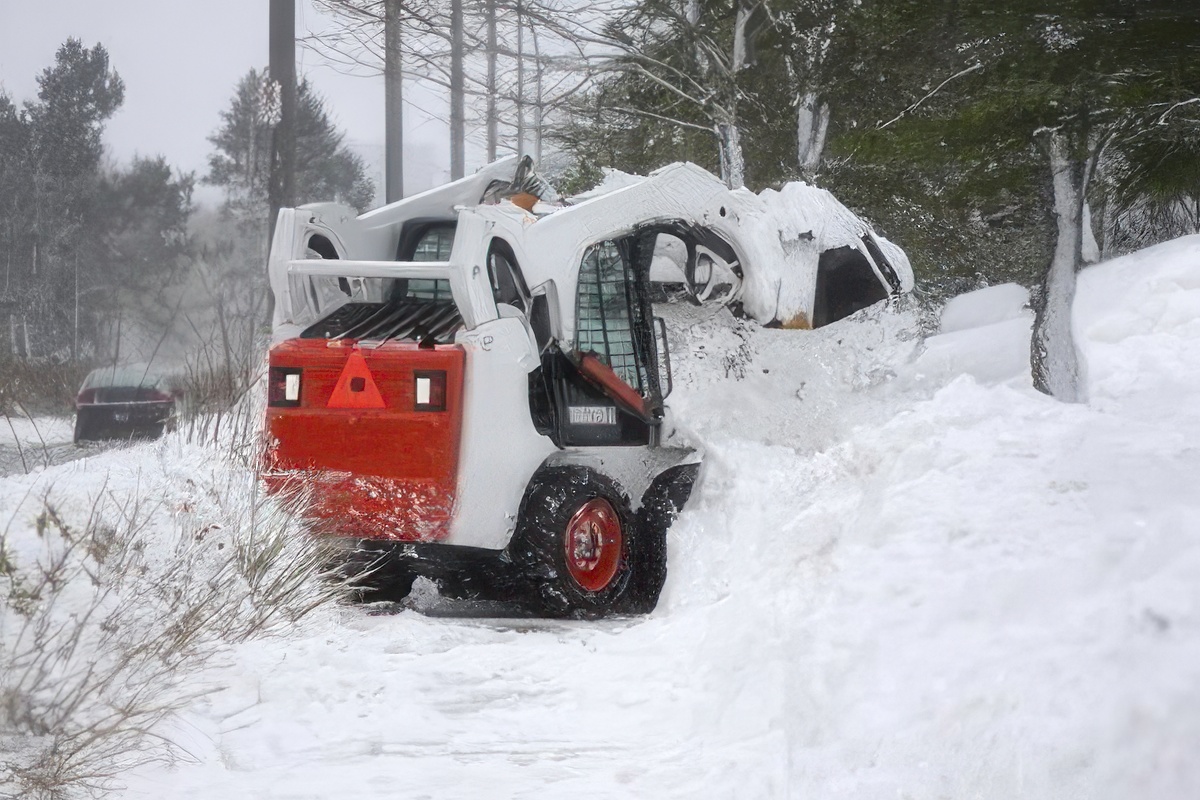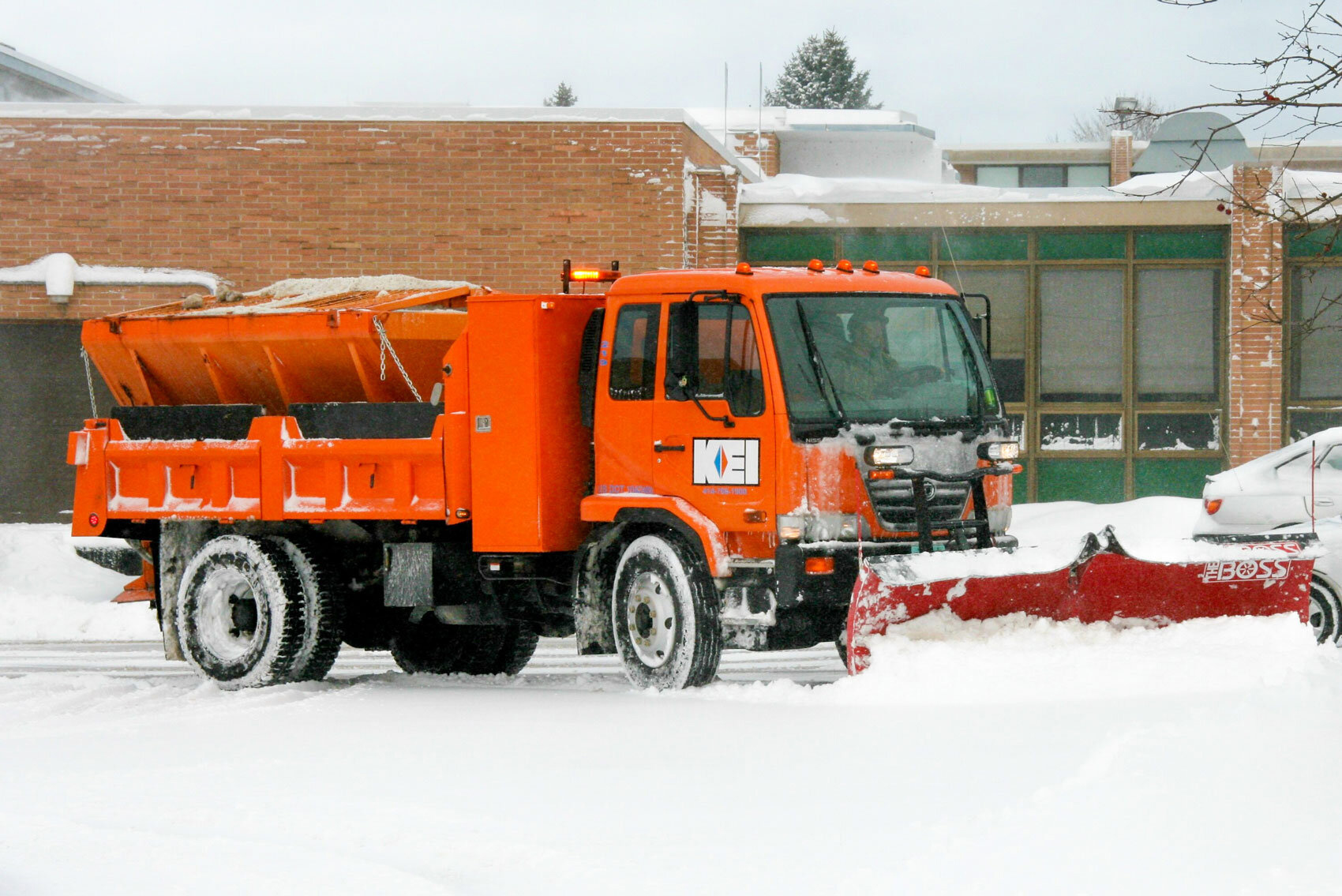Commercial snow and ice management services are crucial in maintaining safety and accessibility during Wisconsin’s harsh winters. These companies are tasked with the vital responsibility of clearing roads, parking lots, and walkways, ensuring that businesses can operate and people can move about safely, even in the most challenging weather conditions.
“Companies must navigate a complex web of local, state, and federal regulations governing the application of snow and ice removal materials. This challenge extends beyond mere compliance to include proactive measures for reducing environmental impact.”
Chris Kujawa
President, CEO of KEI
However, the nature of this industry presents a unique set of challenges that go far beyond simply plowing snow. From the unpredictable whims of Mother Nature to the complexities of modern business operations, snow and ice management services must navigate a landscape as varied and treacherous as the winter weather itself.
This examination delves into five critical challenges faced by these essential services in Wisconsin, shedding light on the multifaceted nature of an industry that is often taken for granted until the snow begins to fall.

Here’s an overview of what it typically includes:

In conclusion, the commercial snow and ice management industry in Wisconsin faces a complex array of challenges that require constant adaptation and innovation. From battling unpredictable weather patterns to navigating stringent environmental regulations, these services must balance operational efficiency with safety, liability concerns, and ecological responsibility.
Despite these hurdles, the industry remains an indispensable part of Wisconsin’s winter infrastructure. It plays a crucial role in keeping the state’s economy moving and its residents safe during the harsh winter months.
As climate patterns evolve and new technologies emerge, snow and ice management services must remain agile, embracing new solutions while continuing to provide the reliable service that Wisconsin’s businesses and communities depend on. The resilience and ingenuity demonstrated by these companies in facing these challenges underscore their importance and highlight the often-unseen complexities of managing winter’s impact in the Badger State.

